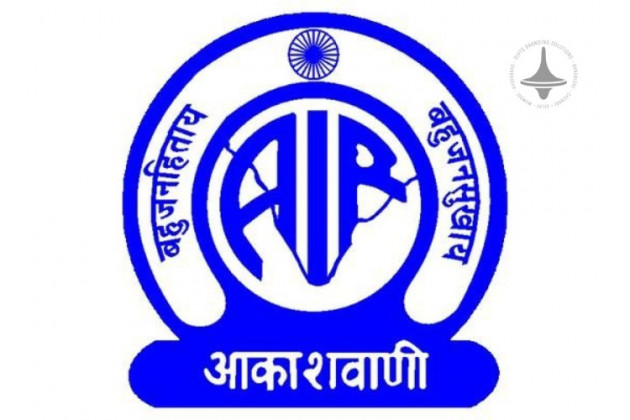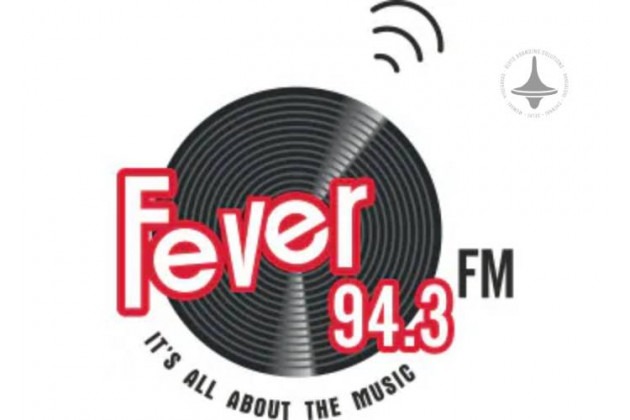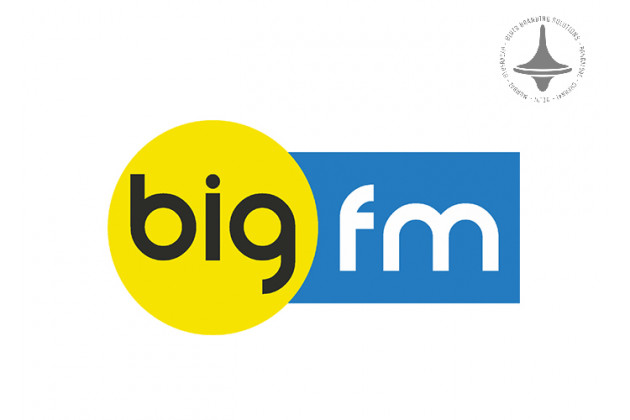Storytelling | Modern Advertising Films Ads | Digital Marketing

In today’s fast-paced digital landscape, capturing consumer attention is more challenging than ever. Traditional advertising methods, filled with overt promotions and direct sales pitches, often fail to make a lasting impact. Instead, brands are turning to storytelling in modern advertising films as a powerful tool to engage audiences emotionally and drive brand loyalty. By crafting compelling narratives, companies can create deeper connections with their consumers, transforming advertisements into memorable experiences.
The Psychology Behind Storytelling
Storytelling is deeply ingrained in human nature. Since
ancient times, people have used stories to communicate, share values, and build
communities. In advertising, the same principles apply—when an audience
resonates with a brand’s story, they are more likely to trust, remember, and
engage with it. Psychological studies suggest that narratives stimulate
multiple areas of the brain, making the message more impactful than
straightforward factual information.
Moreover, stories evoke emotions, and emotions drive
purchasing decisions. When an ad film elicits happiness, nostalgia, or even
sadness, it enhances brand recall and fosters a sense of relatability.
Consumers are drawn to brands that align with their values and personal
experiences, making storytelling an essential strategy in modern advertising.
Key Elements of Effective Storytelling in Advertising
Films
To create a successful advertising film, certain
storytelling elements must be carefully crafted. These include:
1. A Relatable Protagonist
Every great story has a central character that audiences can
relate to or root for. In advertising films, this could be an everyday
consumer, a brand ambassador, or even an animated mascot representing the
brand’s essence.
2. Emotional Appeal
Effective storytelling taps into emotions—joy, fear,
surprise, love, or hope. When an ad film stirs emotions, it creates a stronger
bond between the viewer and the brand.
3. A Clear Conflict and Resolution
A compelling narrative often involves a problem that needs
solving. By demonstrating how the brand’s product or service resolves the
issue, the film keeps viewers engaged while subtly promoting the brand.
4. Authenticity and Realism
Consumers value authenticity. They appreciate stories that
reflect real-life experiences, cultural insights, and relatable situations. An
authentic storytelling approach enhances credibility and trust in the brand.
5. A Strong Call-to-Action (CTA)
While storytelling is essential, the ultimate goal of
advertising is conversion. A well-placed CTA at the end of the film encourages
viewers to take action—whether it’s purchasing a product, signing up for a
service, or engaging with the brand online.
Examples of Storytelling in Modern Advertising Films
1. Nike’s “You Can’t Stop Us”
Nike’s storytelling strategy often revolves around
inspiration and perseverance. Their “You Can’t Stop Us” campaign featured
split-screen footage of athletes overcoming obstacles, reinforcing their
brand’s commitment to resilience and empowerment.
2. Google’s “Loretta”
Google’s emotional storytelling in the “Loretta” ad showed
an elderly man using Google Assistant to reminisce about his late wife. The
film’s simplicity and emotional depth made it one of the most talked-about
commercials, proving that powerful storytelling doesn’t always require grand
production.
3. Apple’s “The Underdogs”
Apple’s advertising films often focus on the creativity and
determination of individuals using their products. “The Underdogs” campaign
showcased a group of office workers using Apple devices to bring their
innovative ideas to life, reinforcing Apple’s brand as a facilitator of
creativity and success.
The Future of Storytelling in Advertising
With advancements in digital media, the future of
storytelling in advertising films is more dynamic than ever. Brands are
leveraging new formats such as interactive videos, virtual reality (VR), and
user-generated content to create immersive storytelling experiences.
Personalized advertising, driven by AI and data analytics, is also enhancing
the way brands craft stories tailored to individual consumer preferences.
Moreover, short-form video platforms like TikTok and
Instagram Reels are reshaping how brands tell their stories in bite-sized,
engaging content. The evolution of technology will continue to provide new
storytelling opportunities, but the fundamental principles of emotional
connection and authenticity will remain at the core of successful advertising
films.
Conclusion
The power of storytelling in modern advertising films lies
in its ability to engage, inspire, and connect with audiences on an emotional
level. By integrating relatable characters, compelling narratives, and
authentic messaging, brands can create memorable advertising experiences that
go beyond traditional promotions. As consumer preferences evolve, storytelling
will continue to be a vital strategy for brands looking to make a lasting
impact in the competitive world of advertising.
Elyts Advertising and Branding Solutions | www.elyts.in (India) | www.elyts.agency (UAE)






















Leave a Comment